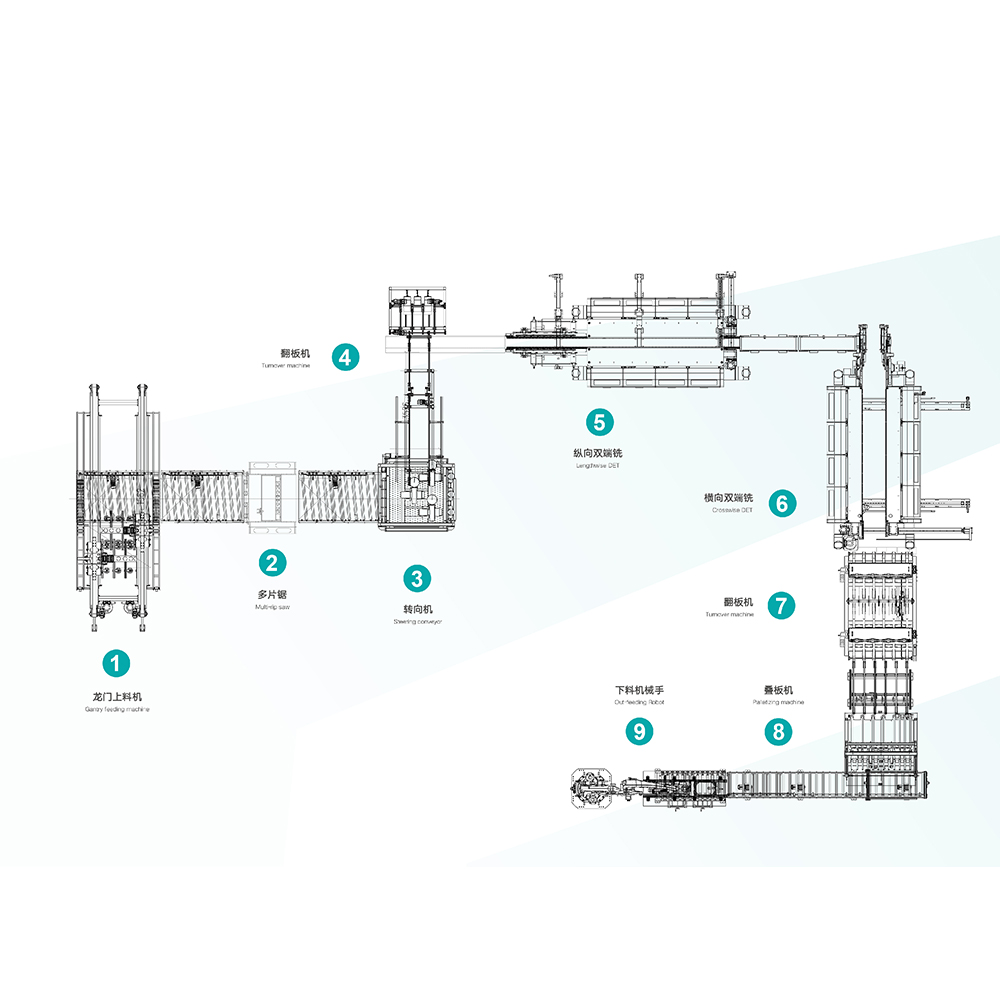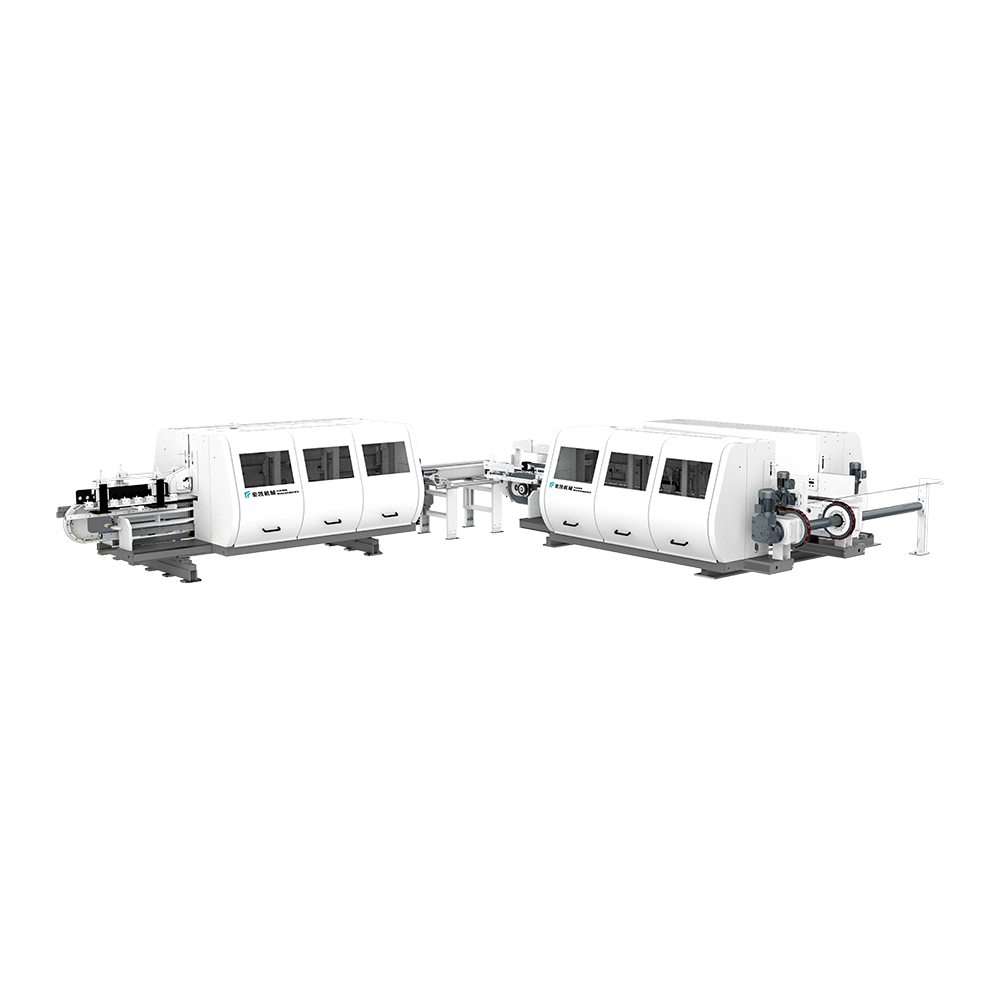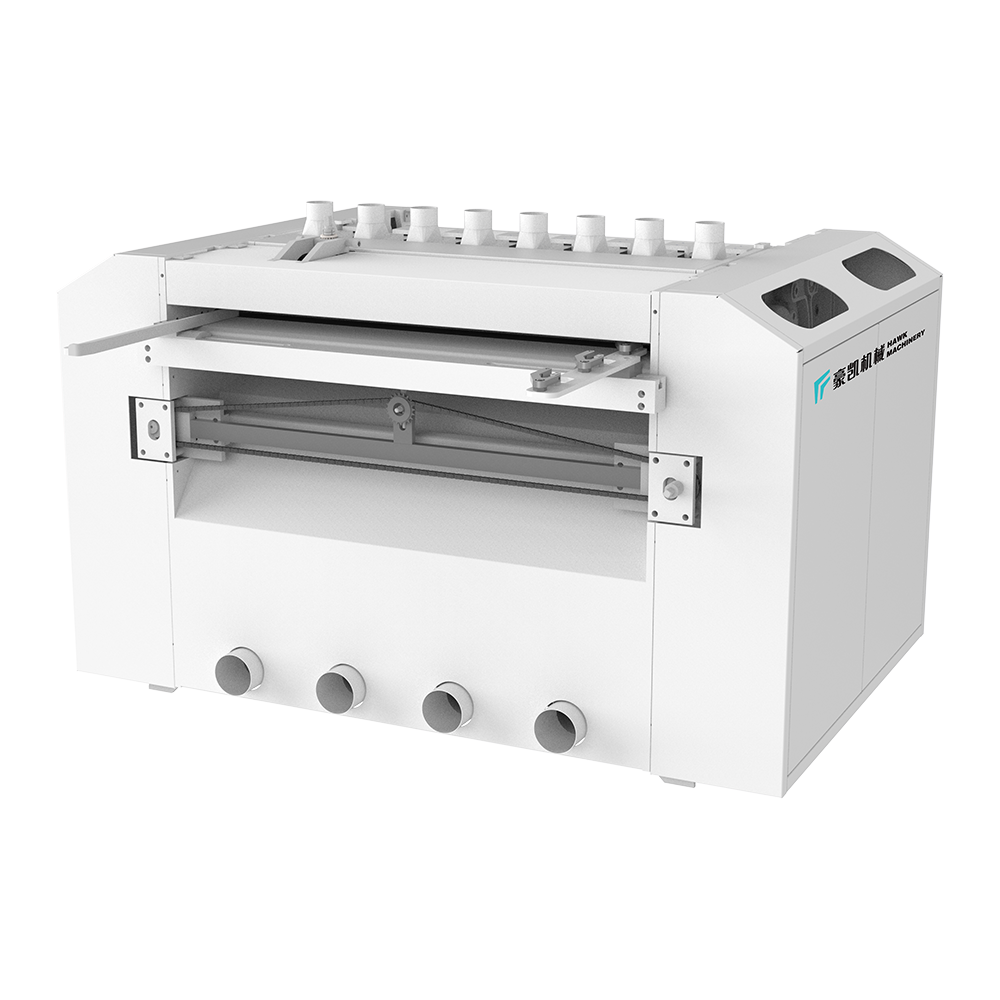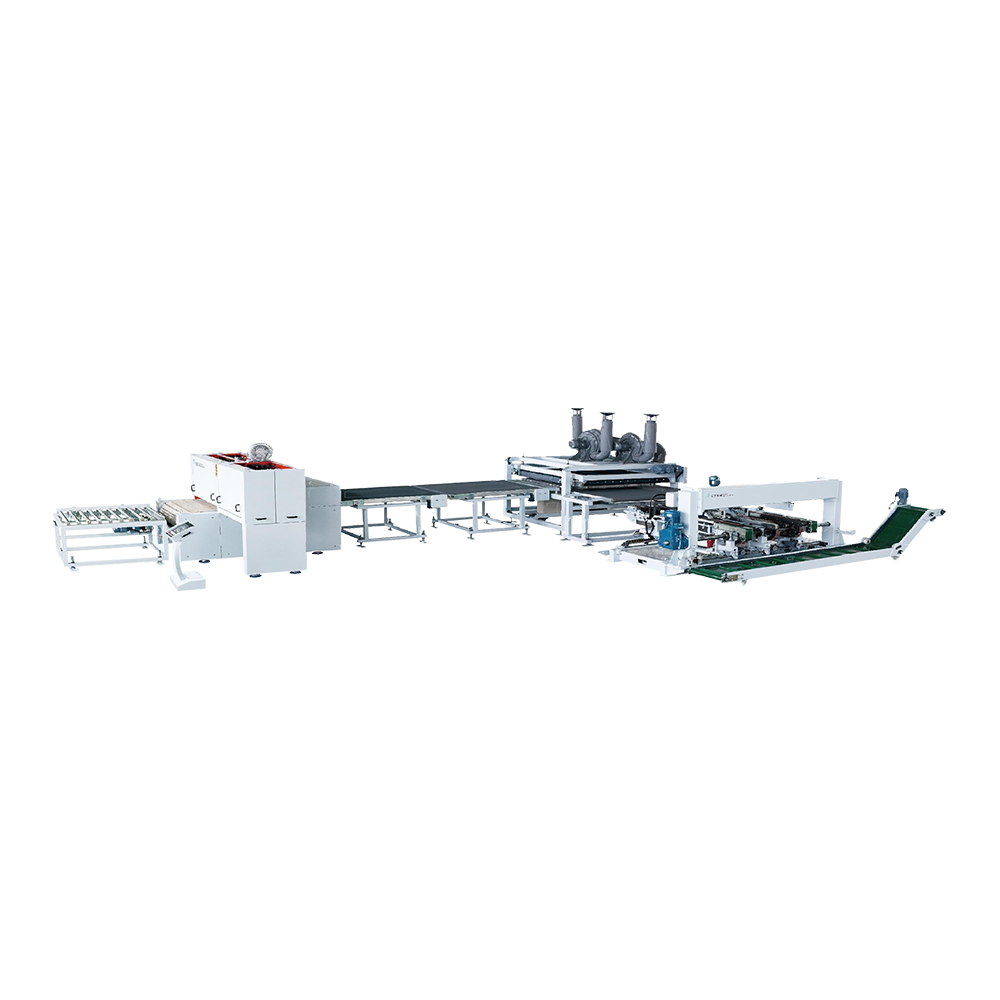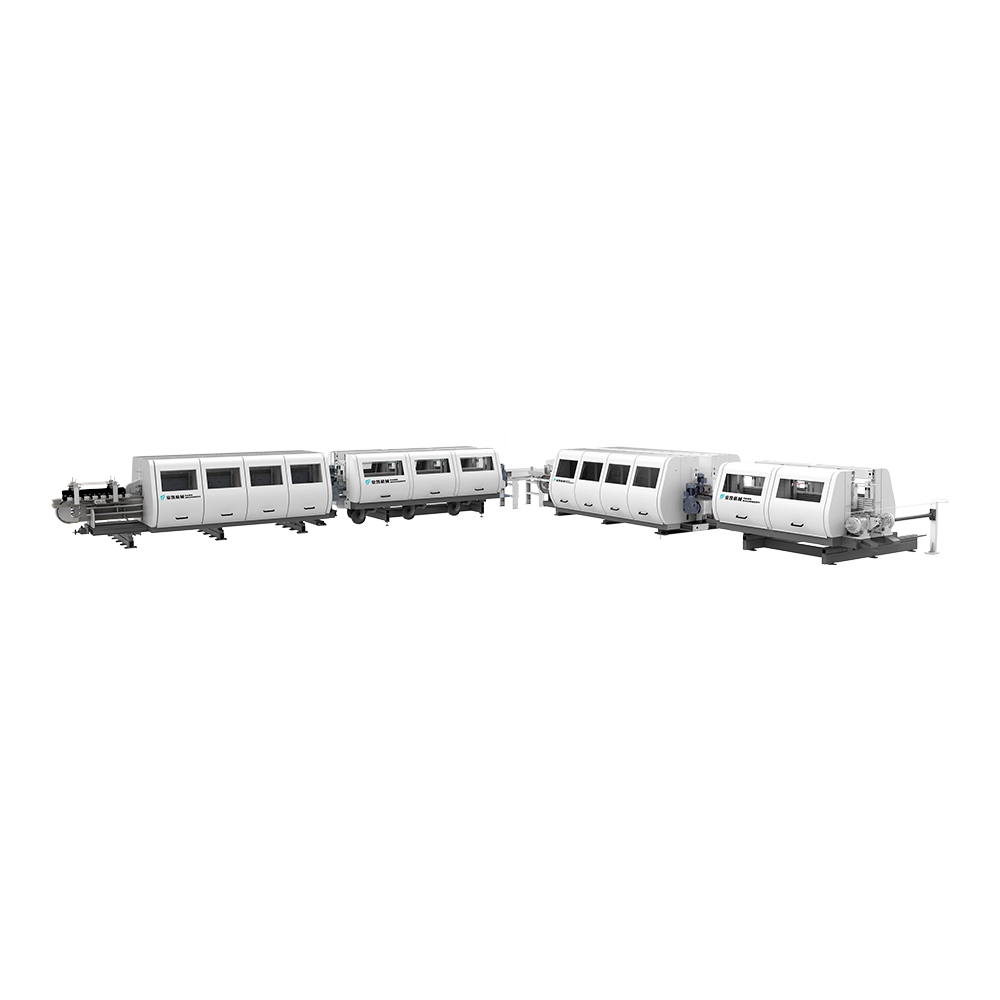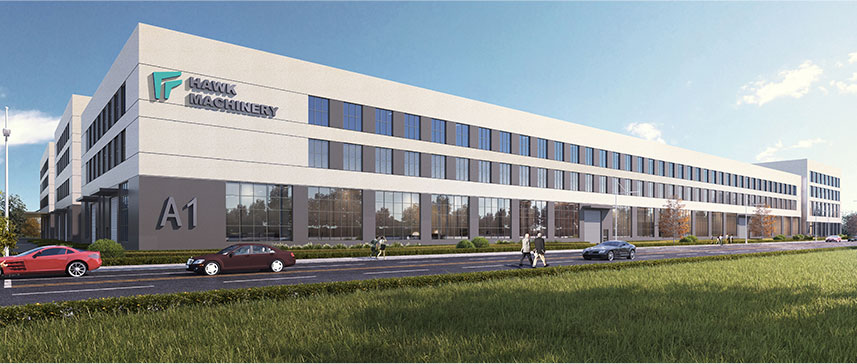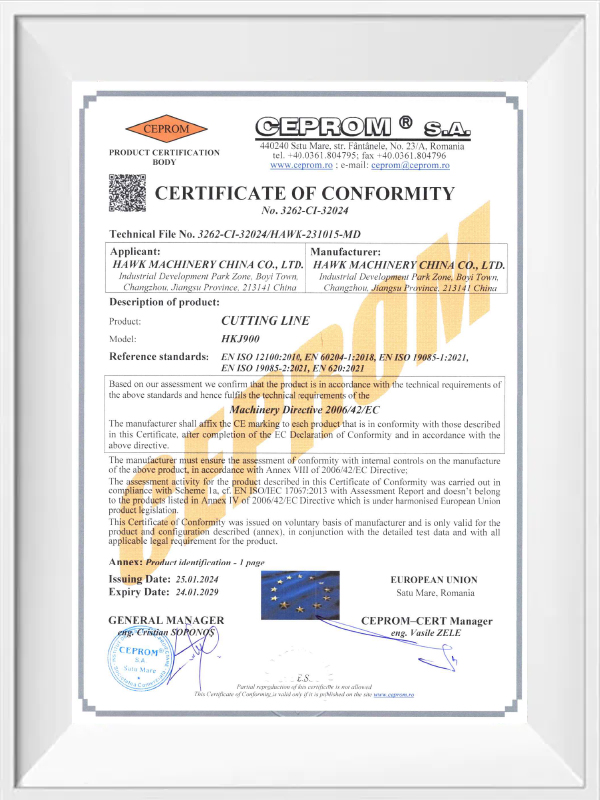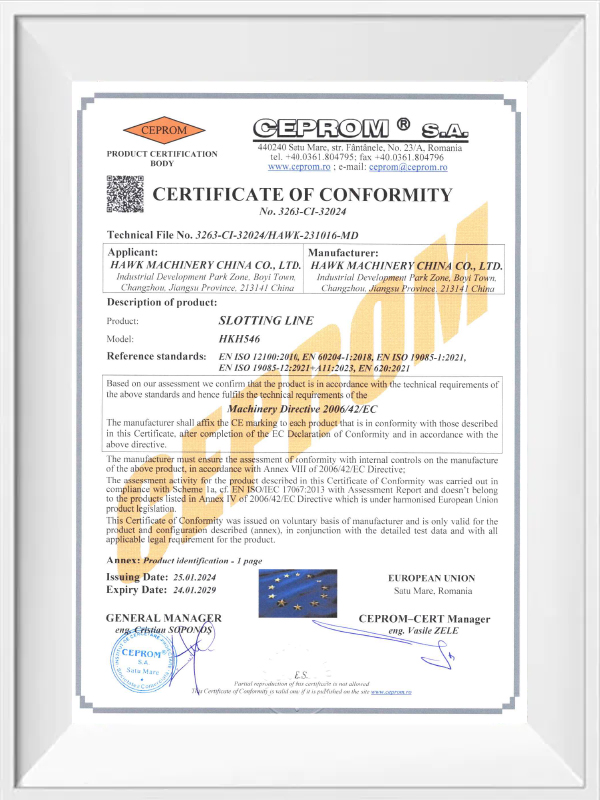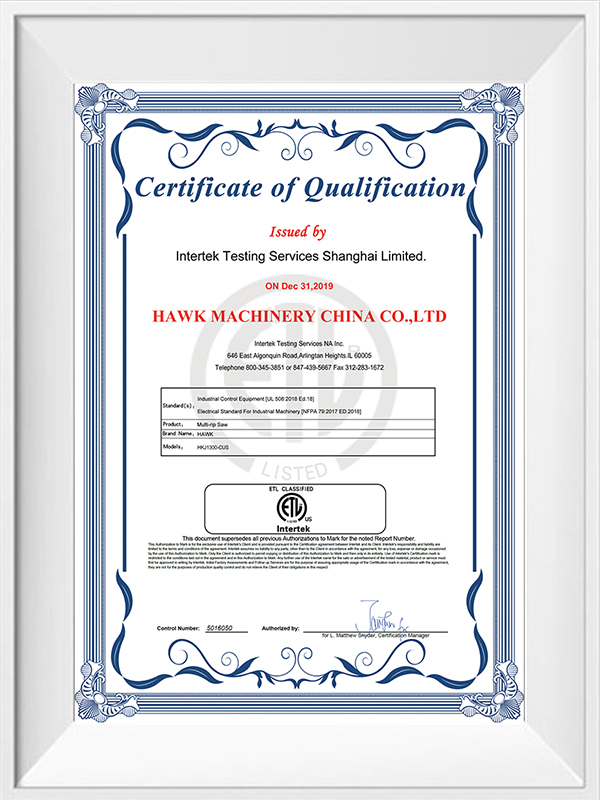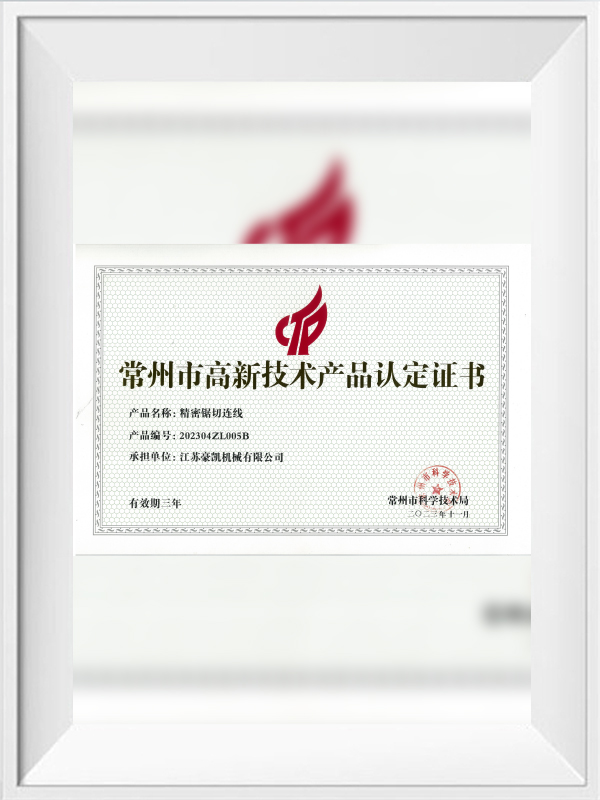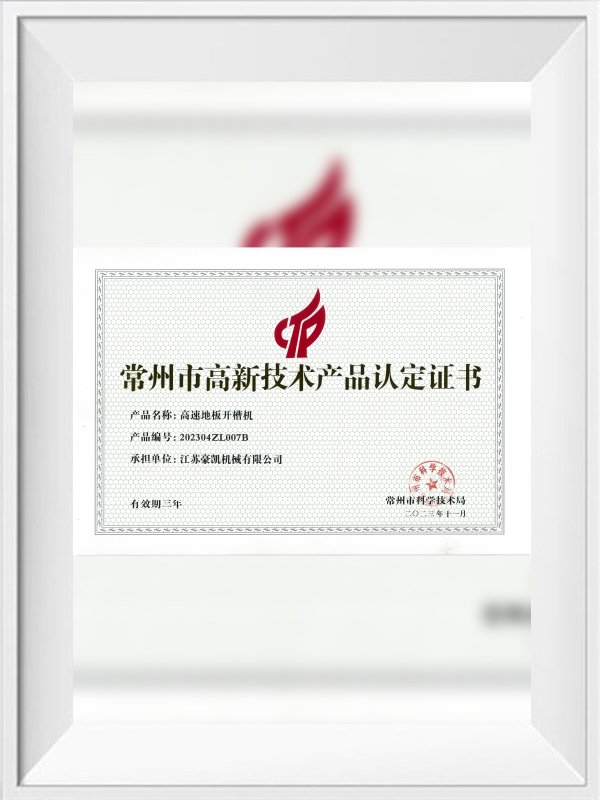How Automated Cutting and Slotting Lines Help Minimize Waste in Modern Floor Production
In the competitive world of floor manufacturing, material optimization isn't just a cost-saving measure—it’s a key factor in sustainable production and long-term profitability. When producing SPC, WPC, and PVC plastic floors, even minor inefficiencies in cutting and slotting can lead to significant waste, both in raw materials and time. That’s where a fully synchronized automatic floor production line, like the one developed by Hawk Machinery, plays a vital role in elevating both yield and quality.
At the heart of the Hawk Machinery system is a carefully coordinated sequence of components designed to reduce unnecessary cuts and ensure dimensional precision. From the moment the gantry automatic feeding machine places boards onto the roller conveyor, the material is handled with minimal deviation or manual intervention. This seamless handoff to the multi rip saw allows the system to cut with remarkable accuracy, reducing scrap rates caused by human error or uneven feeding. When working with high-value flooring materials, especially on an SPC floor production line, this accuracy translates directly into cost savings and improved product uniformity.
Another critical point in the process is the transition from cutting to grooving. Traditional setups often rely on standalone slotting machines that lack synchronization, causing delays, alignment issues, or inconsistencies in groove dimensions. In contrast, Hawk’s integration of the lengthwise DET machine and crosswise DET line into the automatic workflow ensures that boards are grooved with pinpoint accuracy at consistent speeds. This reduces cumulative tolerances and enhances the overall fit of the final product. For manufacturers in the PVC plastic floor production line sector, such consistency means fewer rejected batches and smoother downstream processes like click-lock testing and packaging.
What makes Hawk Machinery’s approach especially effective is the way every component of the WPC floor production line is designed to communicate with the next. Conveyors are not simply transport mechanisms—they are calibrated to control speed and orientation, allowing components like the climbing flipping conveyor and steering conveyor to preserve board alignment through every step. This reduces the number of times a board needs to be reoriented or manually corrected, which again cuts down on waste and preserves edge integrity, a key concern in high-precision floor types like WPC and SPC.
The cumulative impact of these efficiencies becomes most evident at scale. A well-optimized automatic floor production line doesn’t just save material—it also reduces labor demand and downtime, which in turn shortens lead times and boosts throughput. For production managers facing rising raw material costs and tight delivery windows, that’s a strategic advantage. Hawk Machinery’s customers often report smoother transitions from prototype to full-scale production and stronger consistency in product dimensions, allowing them to meet tighter QC standards with fewer interventions.
With decades of experience in engineering intelligent floor processing solutions, Hawk Machinery understands the operational pain points manufacturers face. Our commitment to reducing material loss through synchronized automation is not just about technology—it’s about empowering producers to build smarter, more sustainable operations. Whether you're scaling a new SPC floor production line or upgrading an existing WPC system, we’re here to help you optimize performance from the first board to the last.
